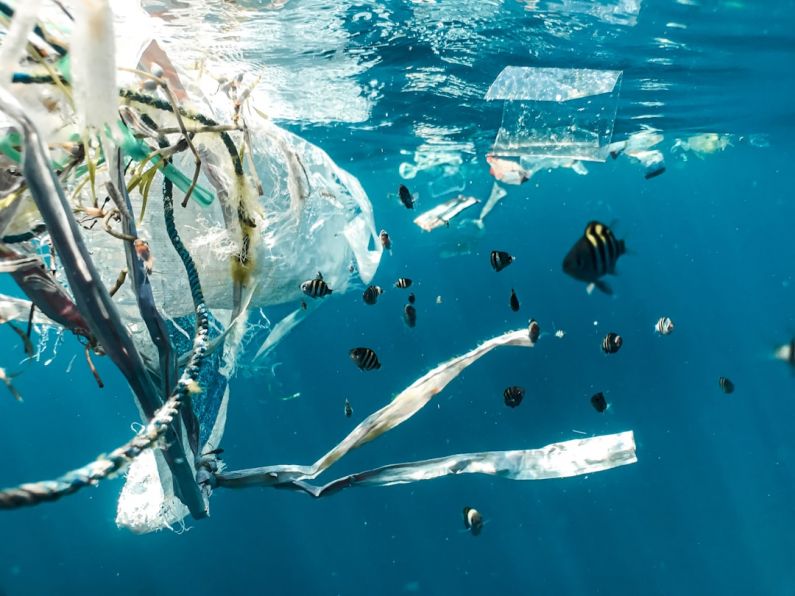How Does the Retreading Process Impact the Environment?
**How Does the Retreading Process Impact the Environment?**
Every year, millions of tires reach the end of their lifespan and are in need of replacement. The process of tire retreading has gained popularity as a sustainable solution for extending the life of tires and reducing environmental impact. By understanding how the retreading process impacts the environment, we can make informed decisions about our tire maintenance practices and contribute to a greener future.
**Reduced Waste Generation**
One of the most significant environmental benefits of tire retreading is the reduction in waste generation. Instead of disposing of old tires, which can take hundreds of years to decompose in landfills, retreading allows for the reuse of the tire casing multiple times. This means fewer tires end up in landfills, reducing the strain on waste management systems and decreasing the environmental footprint of tire disposal.
**Energy and Resource Conservation**
The retreading process consumes significantly less energy and resources compared to manufacturing new tires. Producing a new tire requires the extraction of raw materials, such as rubber and steel, as well as the energy-intensive processes of refining, manufacturing, and transportation. In contrast, retreading involves refurbishing the existing tire casing with a new tread layer, requiring less energy and resources overall. By opting for retreaded tires, individuals and businesses can contribute to energy conservation and reduce the demand for new tire production.
**Emission Reduction**
The production of new tires is a resource-intensive process that generates a substantial amount of carbon emissions. From the extraction of raw materials to the manufacturing and transportation stages, each step contributes to the carbon footprint of new tire production. By choosing retreaded tires, which require less energy and resources, carbon emissions associated with tire manufacturing can be significantly reduced. This means lower greenhouse gas emissions and a positive impact on air quality and climate change mitigation efforts.
**Extended Tire Lifespan**
Retreaded tires have the potential to last as long as new tires, depending on the quality of the retreading process and proper maintenance. By extending the lifespan of tires through retreading, fewer tires need to be manufactured, reducing the overall environmental impact of tire production. Additionally, by maximizing the use of each tire casing, retreading helps conserve natural resources and minimizes the environmental footprint associated with tire disposal.
**Promotion of Circular Economy**
The retreading process plays a crucial role in promoting a circular economy by keeping resources in use for as long as possible. Instead of following a linear model of production, consumption, and disposal, retreading enables the continuous reuse of tire casings, contributing to a more sustainable and resource-efficient economy. By supporting the retreading industry, individuals and businesses can actively participate in the transition towards a circular economy and reduce waste generation and resource depletion.
**Conclusion: Embracing Sustainable Tire Maintenance Practices**
In conclusion, the retreading process offers a range of environmental benefits that contribute to a more sustainable and eco-friendly approach to tire maintenance. By reducing waste generation, conserving energy and resources, lowering emissions, extending tire lifespan, and promoting a circular economy, retreading plays a vital role in minimizing the environmental impact of tire usage. Embracing sustainable tire maintenance practices, such as opting for retreaded tires, can help individuals and businesses make a positive contribution to environmental conservation and ensure a greener future for generations to come.






